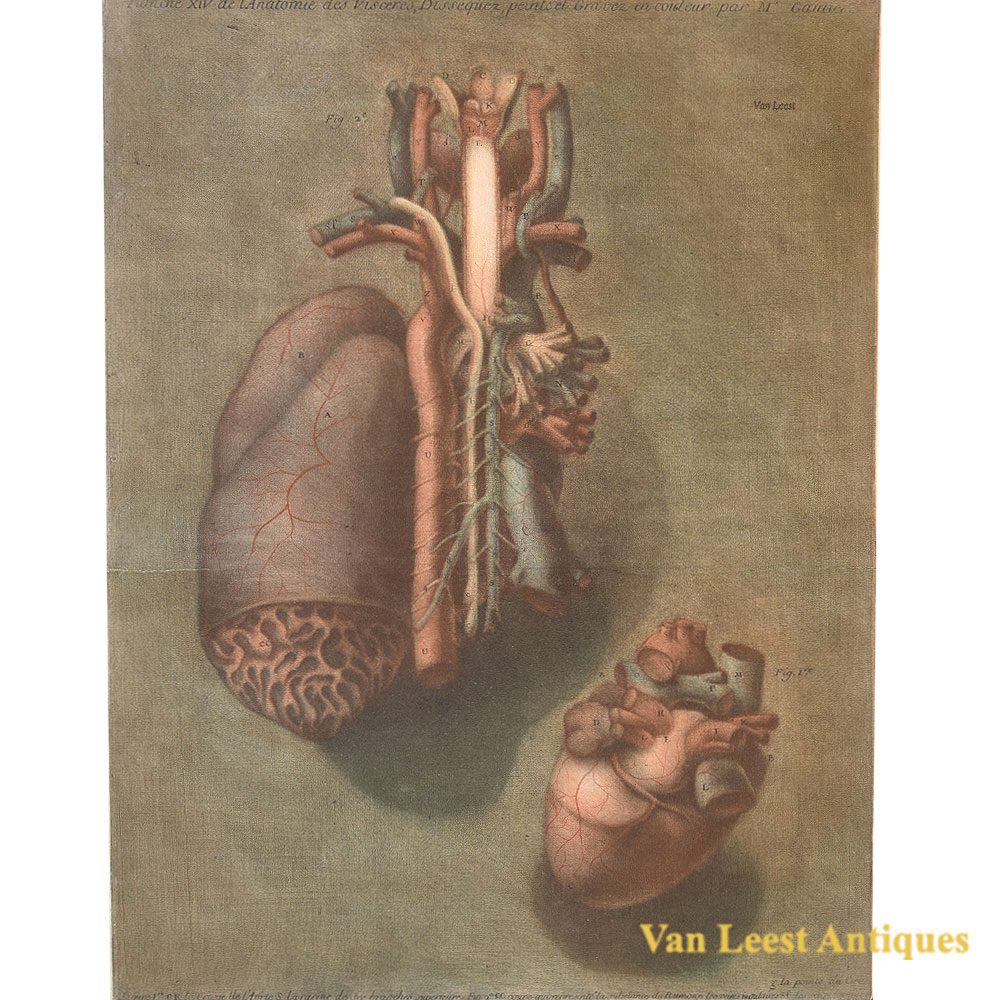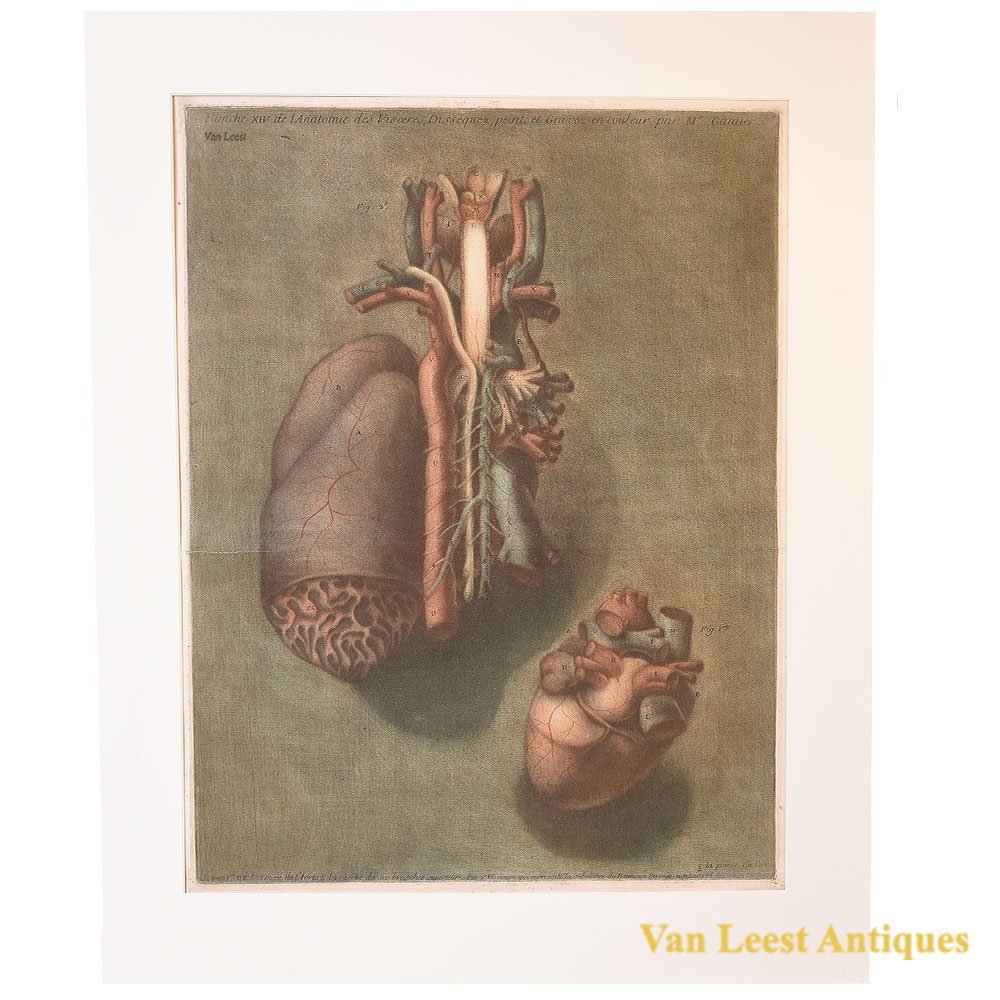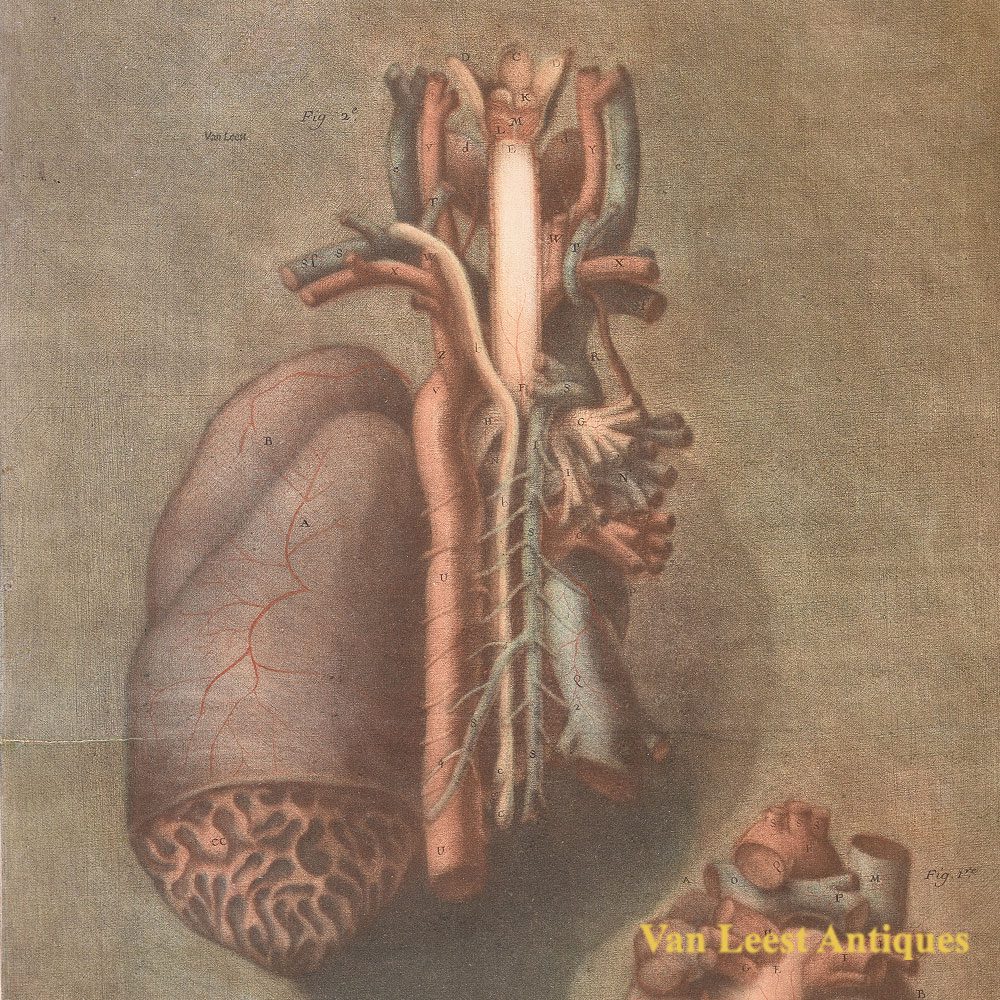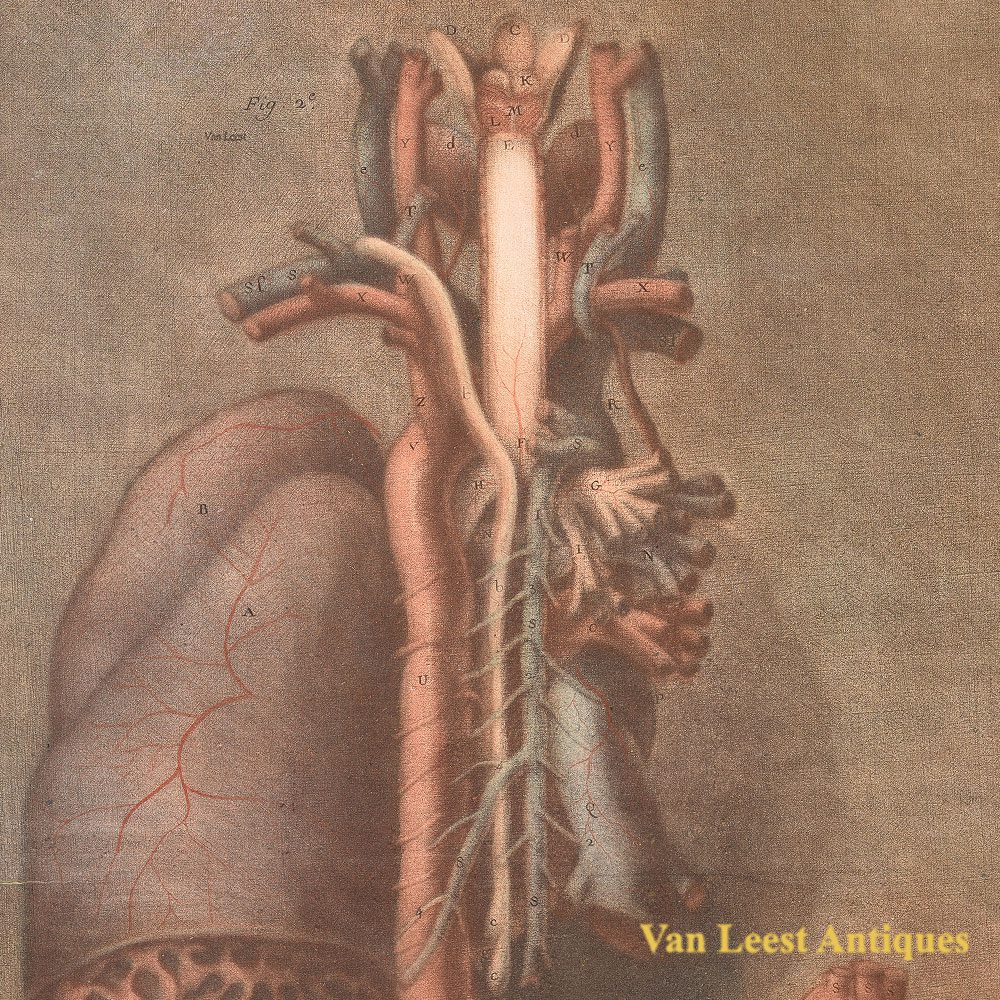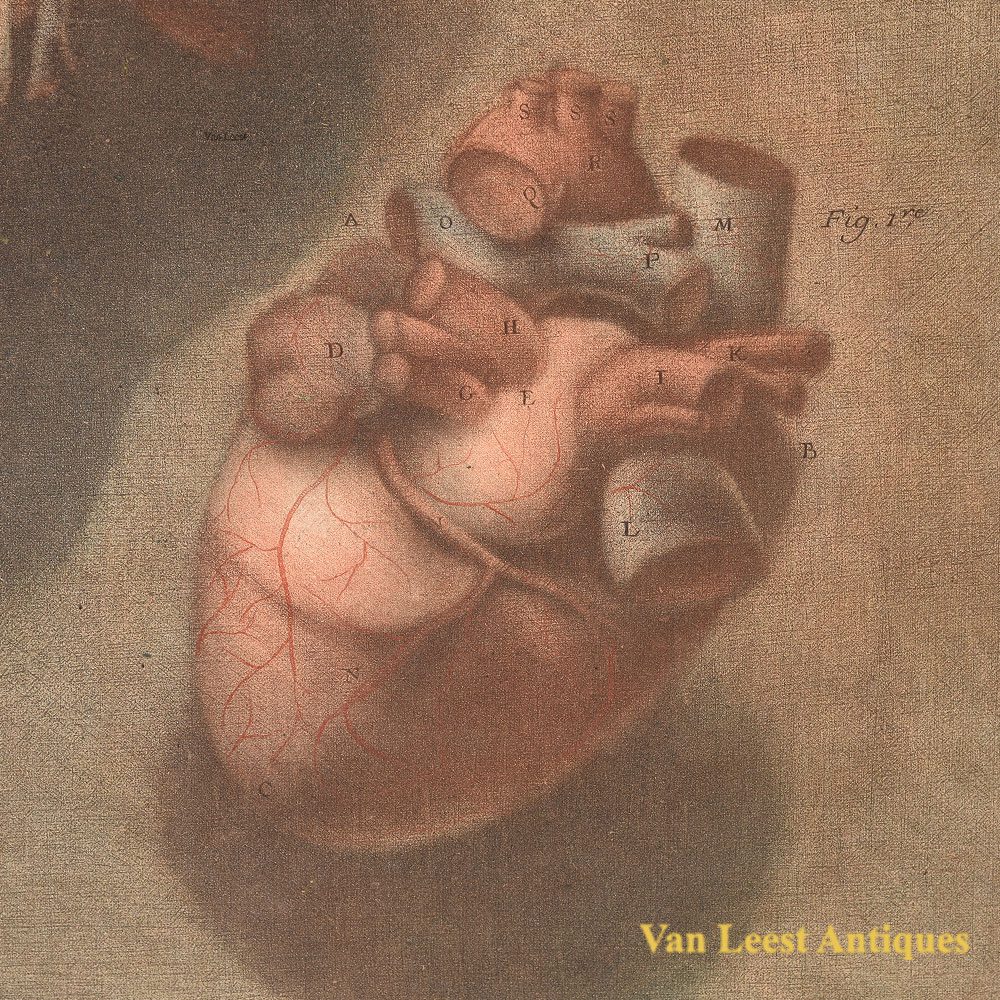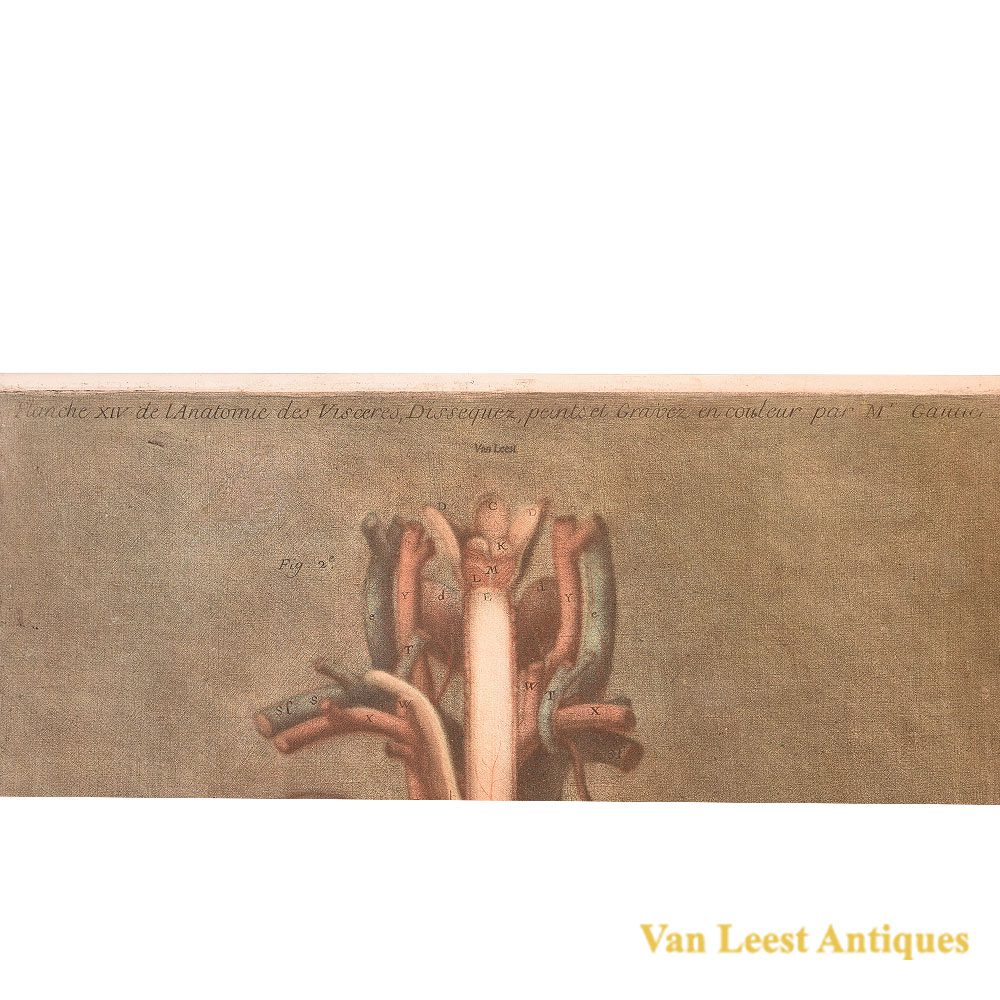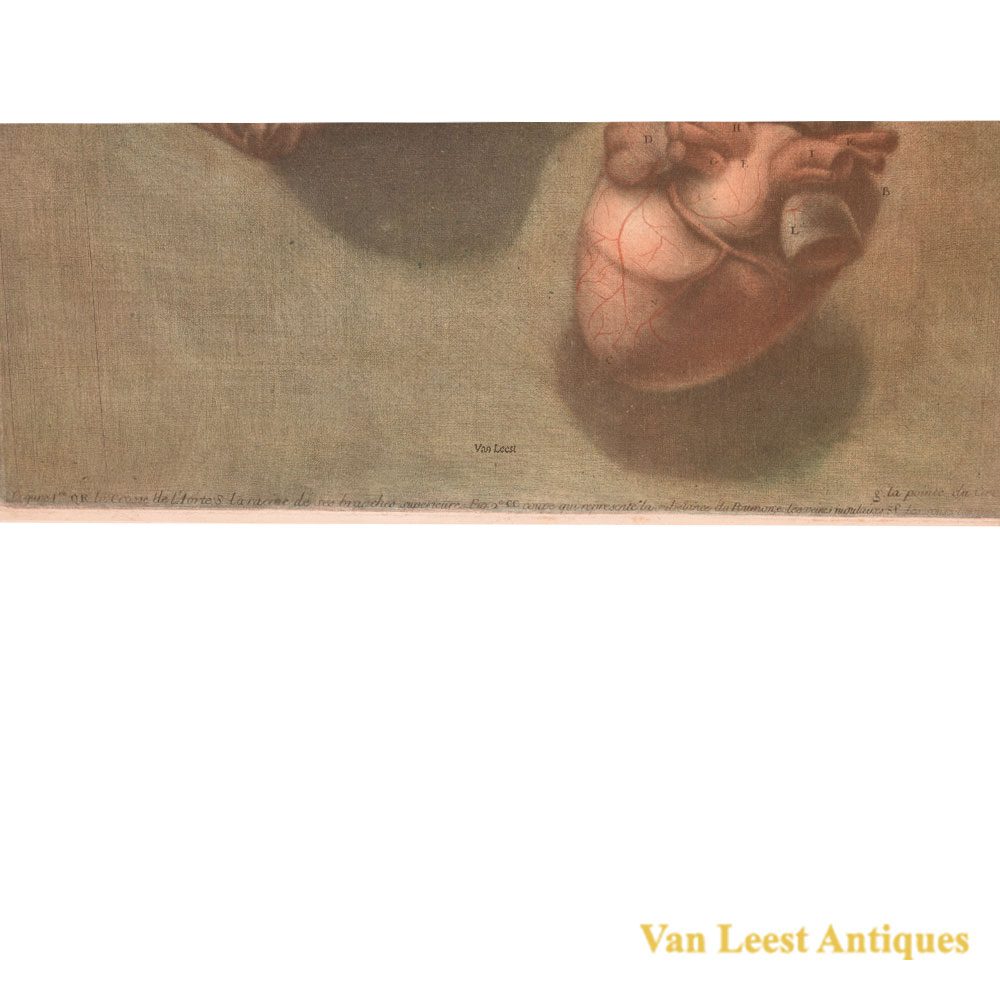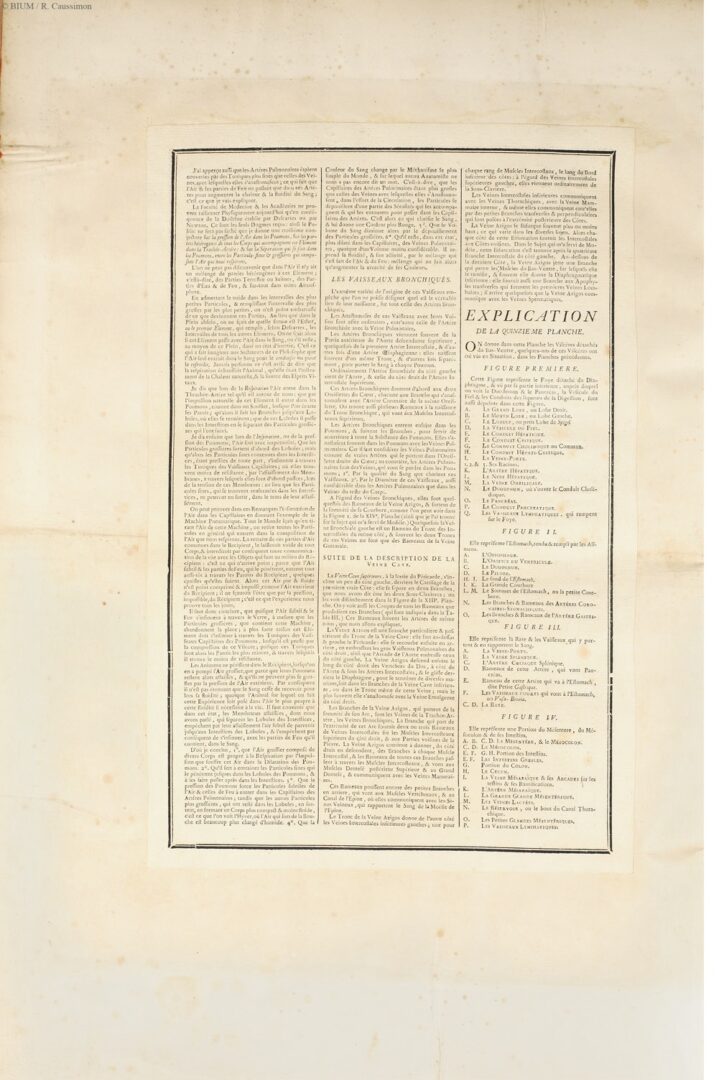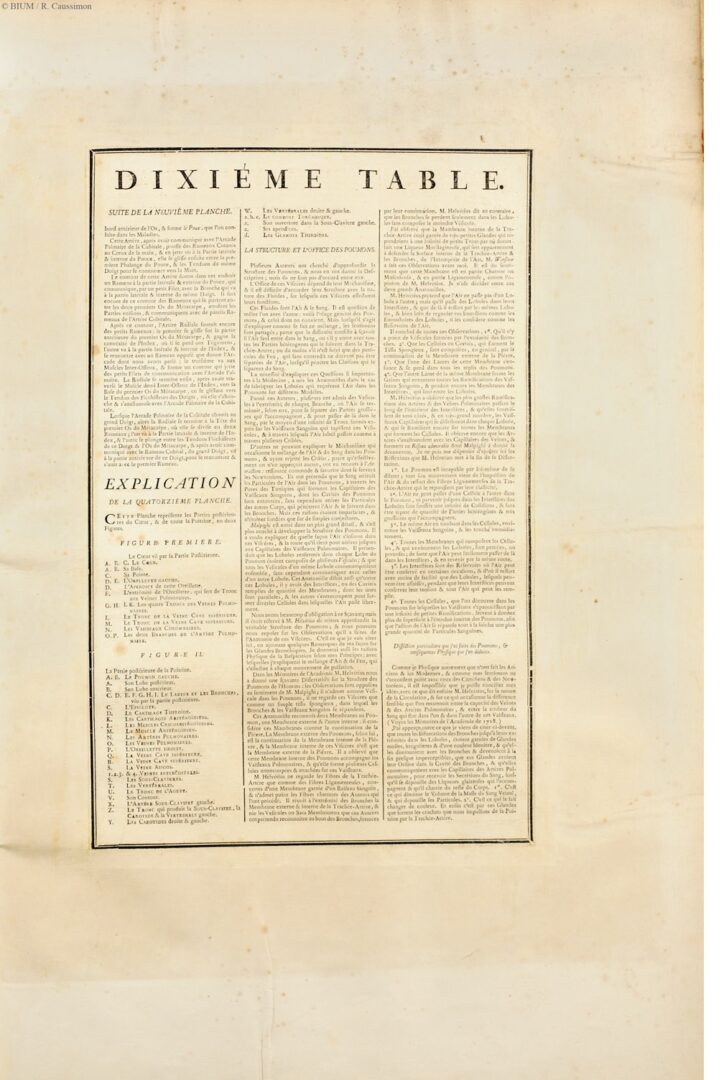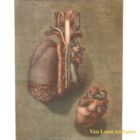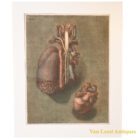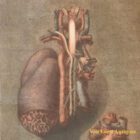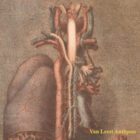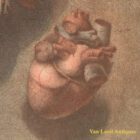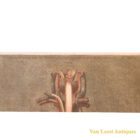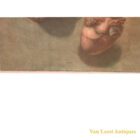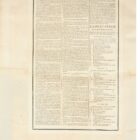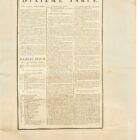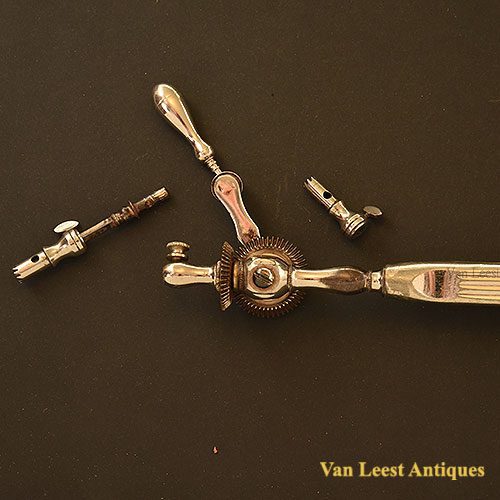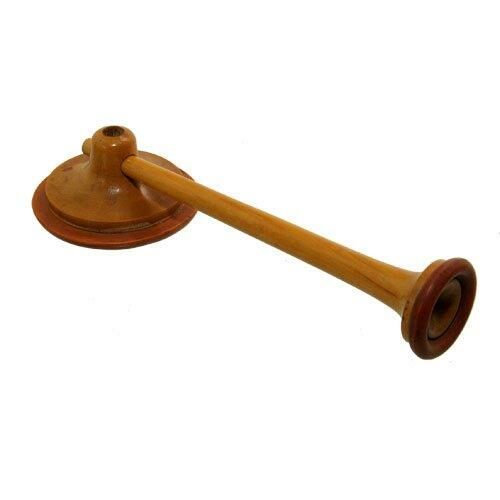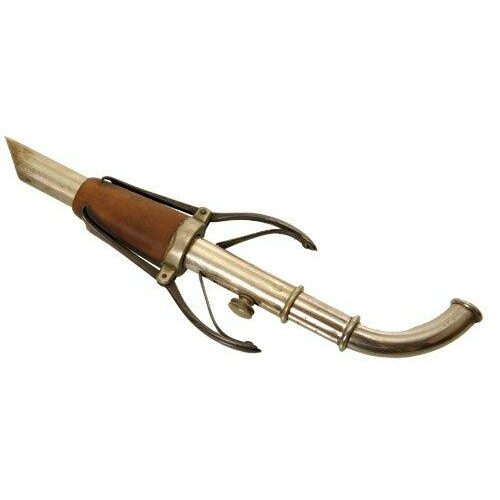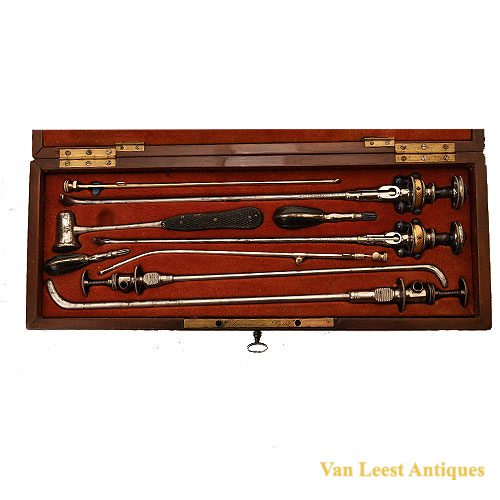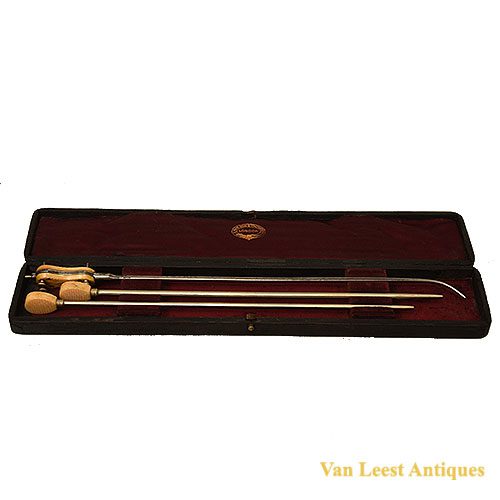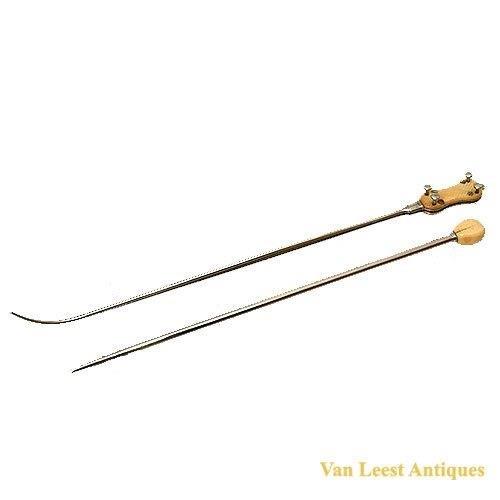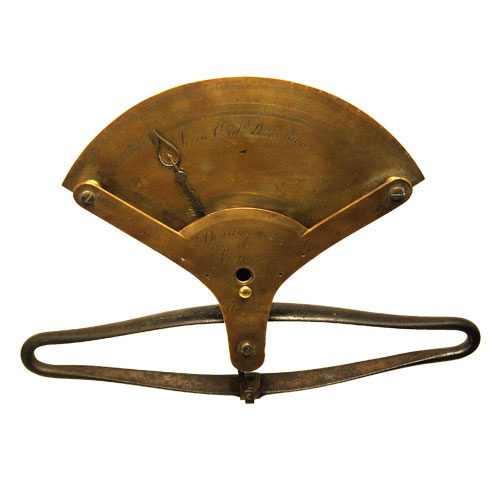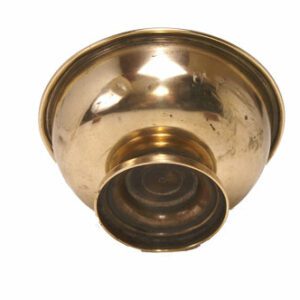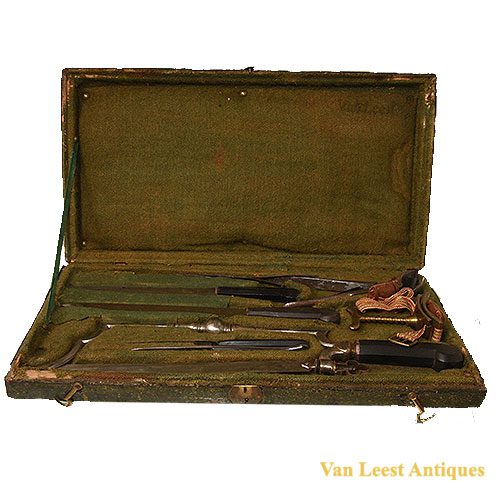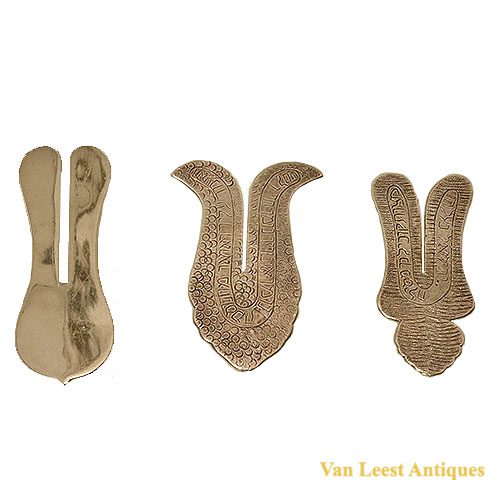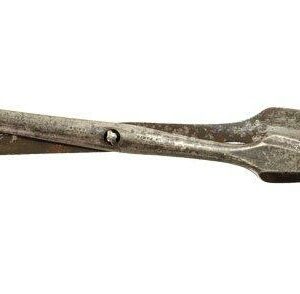Gautier d’Agoty anatomical print of the heart and lung, plate 14
On application
Anatomical print of the heart and lung by Jacques Fabian Gautier d’Agoty made in 1752. Plate 14 was part of the Anatomie generale des viscères en situation, de grandeur et couleur naturelle, avec l’angeologie, et la nevrologie de chaque partie du corps humain (Full edition).
The translated introduction states that “In this Plate and the previous one, the Heart is represented, from which the right lung has been removed. This Plate represents the posterior parts of the Heart, and the entire chest, in two figures. The index also contains an explanation of ‘The structure and function of the lungs’, ‘The Bronchial Vessels’ and ‘Continuation of the description of the Vena Cava’.
The print is inscribed with ‘Planche XIII de L’Anatomie des Visceres, Dissequez peintz et gravez par Mr Gautier’ and ‘Figure 1re Qr la crosse de l’aorte’s la racine de ses branches superieur Fig 2e CC coupe qui representé la substance du poumone les veins juqutaires ss les sous … g. la pointe du ca..).
This translates to ‘Figure 1st: Where the aortic arch meets the root of its upper branches. Figure 2nd: Cross-section representing the substance of the lung, the jugular veins, below the (missing part) and the tip of the (missing part)’.
Jacques-Fabien Gautier, later renowned as Gautier D’Agoty (1717-1785), was a French artist proficient in painting, engraving, and printing. Around 1735, he relocated to Paris, where he briefly served as an assistant to Jacob Christoph Le Blon, the pioneer of a trichromatic printing technique utilizing red, yellow, and blue plates. Following Le Blon’s passing in 1741, Gautier assumed control of the enterprise and asserted the prestigious title of “color printing inventor” for himself.
Besides the technical aspect of his works. Gautier D’Agoty did not hesitate to make controversial anatomical prints. The “Flayed Angel” (also known as the “Anatomical Angel”) of 1746 was famous for its depiction of a woman who appears to be alive and that the dissector pulled away muscles like wings to reveal her spine.
Dimensions passe partout: 77,5 x 62 cm.
